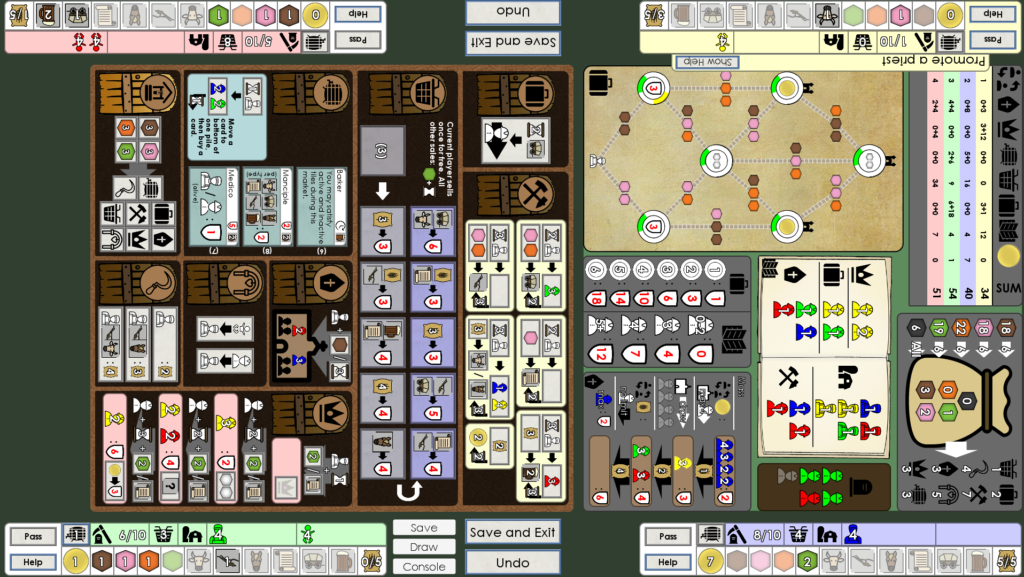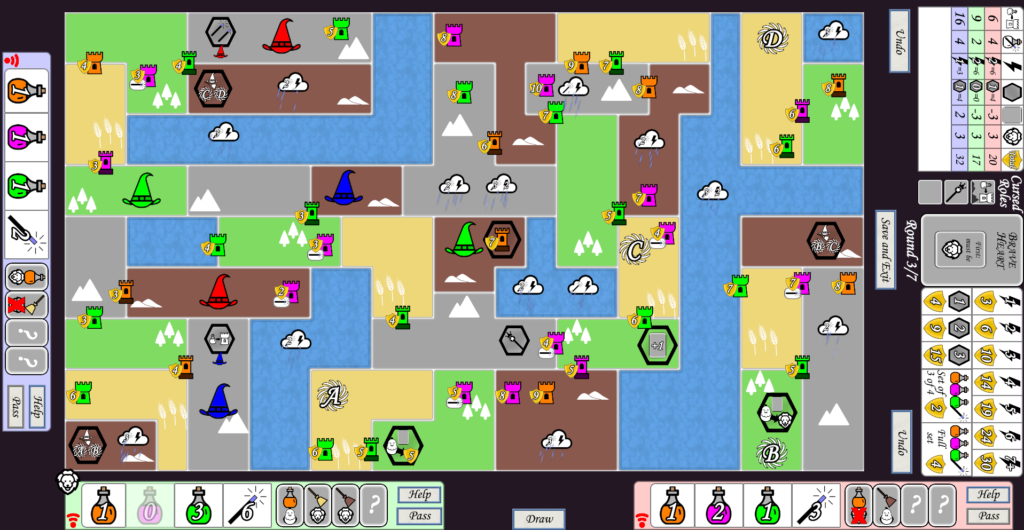2017 didn’t feel as busy as the last couple years have been. We didn’t have any trips that required a lot of planning like in 2015, and I created fewer touch table games than in 2016.
Trips
We spent March in San Carlos. We spent a lot of time reading, went to the beach regularly and ate a lot of good food. It was a very relaxing trip. We also got a gym membership and went most days. We took a lot of walks and a couple hikes, one in Nacapule canyon and another to the top of Tetekawi peak. The Tetekawi hike was challenging; we got a very early start, but it was still a hot, difficult climb.



I enjoyed this trip more than I expected to. I was worried that I would run out of things to do and be bored. But it was nice for the month. Life just had a slower pace- like actually being retired. If we were going to spend longer there, I’d bring a computer to use for programming. On the way back from Mexico, we went to the White Sands Monument.
 In August we spent a week in Montreal with my brother’s family and my parents. I enjoyed the city and spending time with my family. We went to Notre Dame, the Archeology Museum, the Biodome and Botanical Gardens. We ate out at “Au Pied de Cochon” (Foot of the Pig) where we had some of the richest, fattiest food I’ve ever eaten.
In August we spent a week in Montreal with my brother’s family and my parents. I enjoyed the city and spending time with my family. We went to Notre Dame, the Archeology Museum, the Biodome and Botanical Gardens. We ate out at “Au Pied de Cochon” (Foot of the Pig) where we had some of the richest, fattiest food I’ve ever eaten.

We got back from Montreal just in time for the solar eclipse. We drove a few hours north with a group of friends to get into the total eclipse path. The eclipse was spectacular and well worth the awful drive home. I’m definitely planning to see the next one that crosses America in 2024. The atmosphere at the park was interesting. People were a bit more nerdy and friendly than usual. When totality happened people cheered, shouted and let out exclamations of surprise. I was shocked by how much the temperature dropped and how crazy bright even a tiny sliver of the sun is.

Programming
I made three games for the touch table this year. Village and Broom Service were standard board game conversion projects. I enjoyed both and am getting more comfortable adding slightly nicer graphics, sound and animations to my games.
I also created a tutorial about how I convert board games for the touch table. I made a series of blog entries and accompanying YouTube videos describing the process. For the tutorial, I converted a very simple board game called No Thanks. The tutorial took a lot of time and I probably spent more time creating it than people will spend reading and watching it.
 When we first retired, I wrote software to simulate our finances and predict if we had enough money saved. This fall I spent time updating that software to be more robust and user friendly with the plan to release it. I finished it right at the end of the year and released it as SimRetirement.
When we first retired, I wrote software to simulate our finances and predict if we had enough money saved. This fall I spent time updating that software to be more robust and user friendly with the plan to release it. I finished it right at the end of the year and released it as SimRetirement.
 Bill made several games for the touch table this year:
Bill made several games for the touch table this year:
- Murderdrome – A real time robot programming game
- Nexus – A conversion of a competitive strategy card game
- Starship Factory 2 – A conversion and re-theming of “The Builders”
- Fighter’s Empire – A cooperative space combat action game.
- Dungeon Raiders 3 The Escape – A conversion of the real time board game Escape: The Curse of the Temple
Other
I played a few computer games this year: Doom, Cities Skylines, South Park, The Witcher 3, Shenzhen.io, Stellaris, Infinifactory, Stardew Valley, and Ashes of the Singularity. I’ve had a harder time getting into computer games lately and haven’t spent as much time playing them as I used to.
2017 was also an inventory year. Every four years we take a full inventory of all the stuff we own. It takes a while to update the inventory because we take pictures of everything new. It is kind of fun to see what has changed and the photos are surprisingly interesting to look at after several years.
I sold my Insight, so we are down to one car. So far it hasn’t been too inconvenient.
We built a new 55″ 4K touch table. Building the table took a lot longer than we expected it to. Every part of the process had issues. The bezel on the TV didn’t look very big, but it was big enough to make it hard to quickly tap multiple times. Fortunately Bill was able to take the TV apart and remove it. We also struggled to get reds to display properly which turned out to be a flaw in the old video card I was trying to use. We bought the touch frame from the same company that we used for our first table; but we had lots of problems getting the touch working well. We spent many hours working with the company’s tech support to get the frame to not have any dead spots and also not detect extra touches. For the enclosure, we wanted a flat pack table like the ones Mesa Mundi demoed at PAX. After contacting at least five different CnC design companies in town, Bill finally found someone through Craigslist who was able to do the design and cutting. We’d intended to have the new table built shortly after returning from Mexico in April and we finally got everything working early December.

Bill created an in-home puzzle room for me and our friends, The puzzle room was a huge amount of work that provided a very exciting hour of problem and puzzle solving. It was a great success: the puzzles were a good difficulty, we were never stuck for long and there were enough different things to keep everyone occupied.

When we got back from San Carlos I got a gym membership and have been exercising most days. I’ve had more energy, had an easier time sleeping and possibly been a little happier.
I’m still playing violin. I spent most of 2017 working on pieces in Suzuki book 7 trying to play them at full speed. In 2018 I hope to make it through Suzuki book 9.
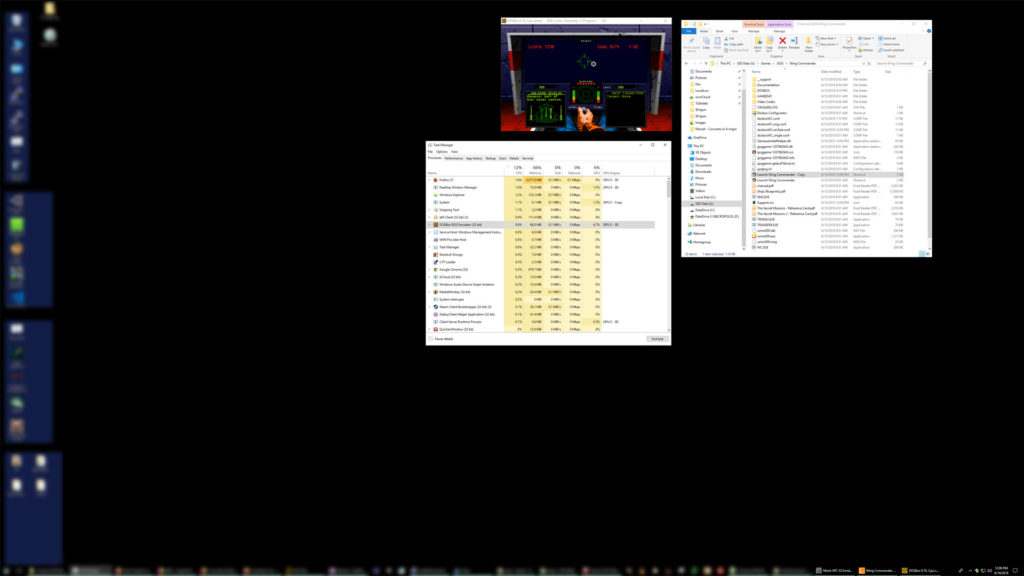 It is a little hard to see, but the game, running in a emulator, is taking 0.9% of my CPU and 0.4% of my memory. 640×480 is 4% of my 4K screen. In most ways, computers today are 100-1000x better than computers in 1990, so this shouldn’t really be a surprise.
It is a little hard to see, but the game, running in a emulator, is taking 0.9% of my CPU and 0.4% of my memory. 640×480 is 4% of my 4K screen. In most ways, computers today are 100-1000x better than computers in 1990, so this shouldn’t really be a surprise.

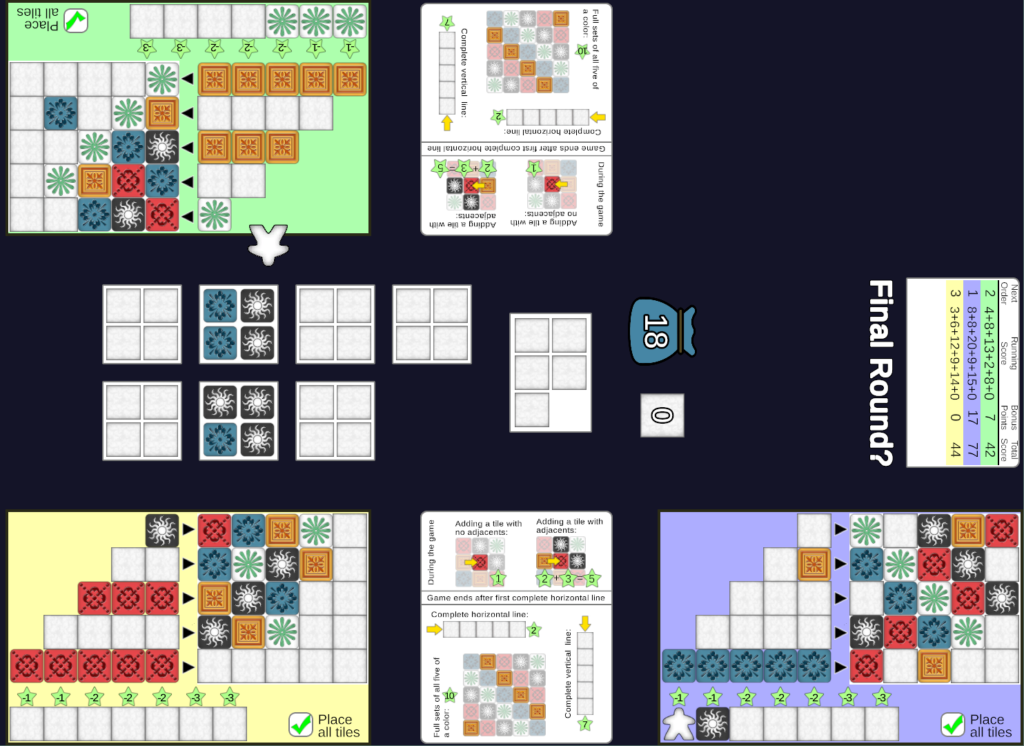
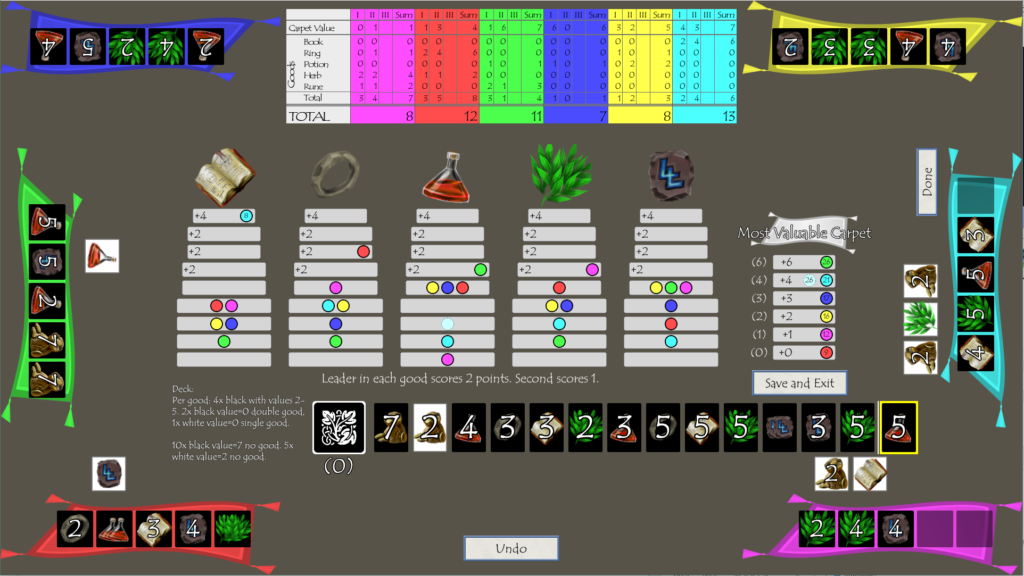
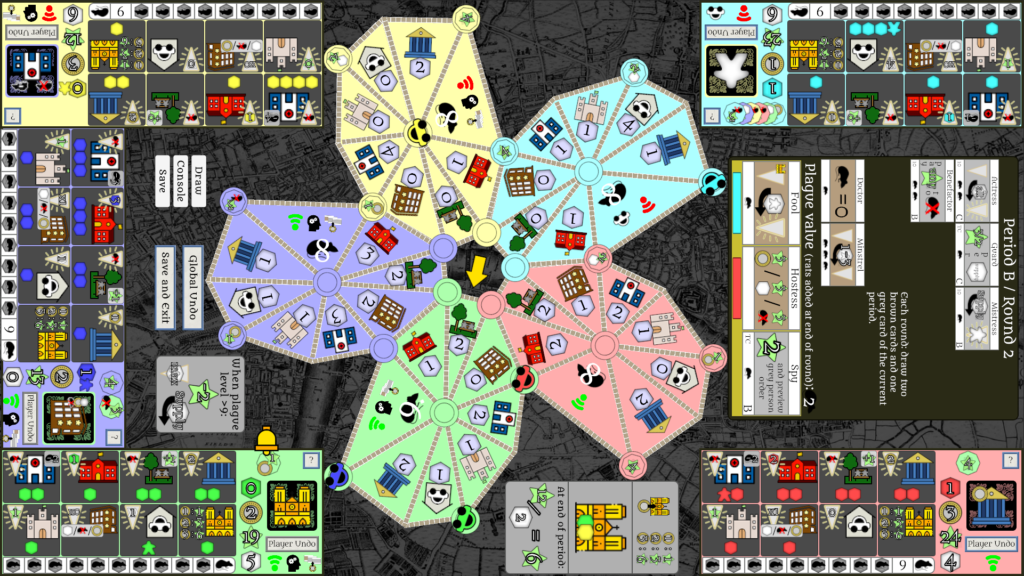




 In August we spent a week in Montreal with my brother’s family and my parents. I enjoyed the city and spending time with my family. We went to Notre Dame, the Archeology Museum, the Biodome and Botanical Gardens. We ate out at “Au Pied de Cochon” (Foot of the Pig) where we had some of the richest, fattiest food I’ve ever eaten.
In August we spent a week in Montreal with my brother’s family and my parents. I enjoyed the city and spending time with my family. We went to Notre Dame, the Archeology Museum, the Biodome and Botanical Gardens. We ate out at “Au Pied de Cochon” (Foot of the Pig) where we had some of the richest, fattiest food I’ve ever eaten.

